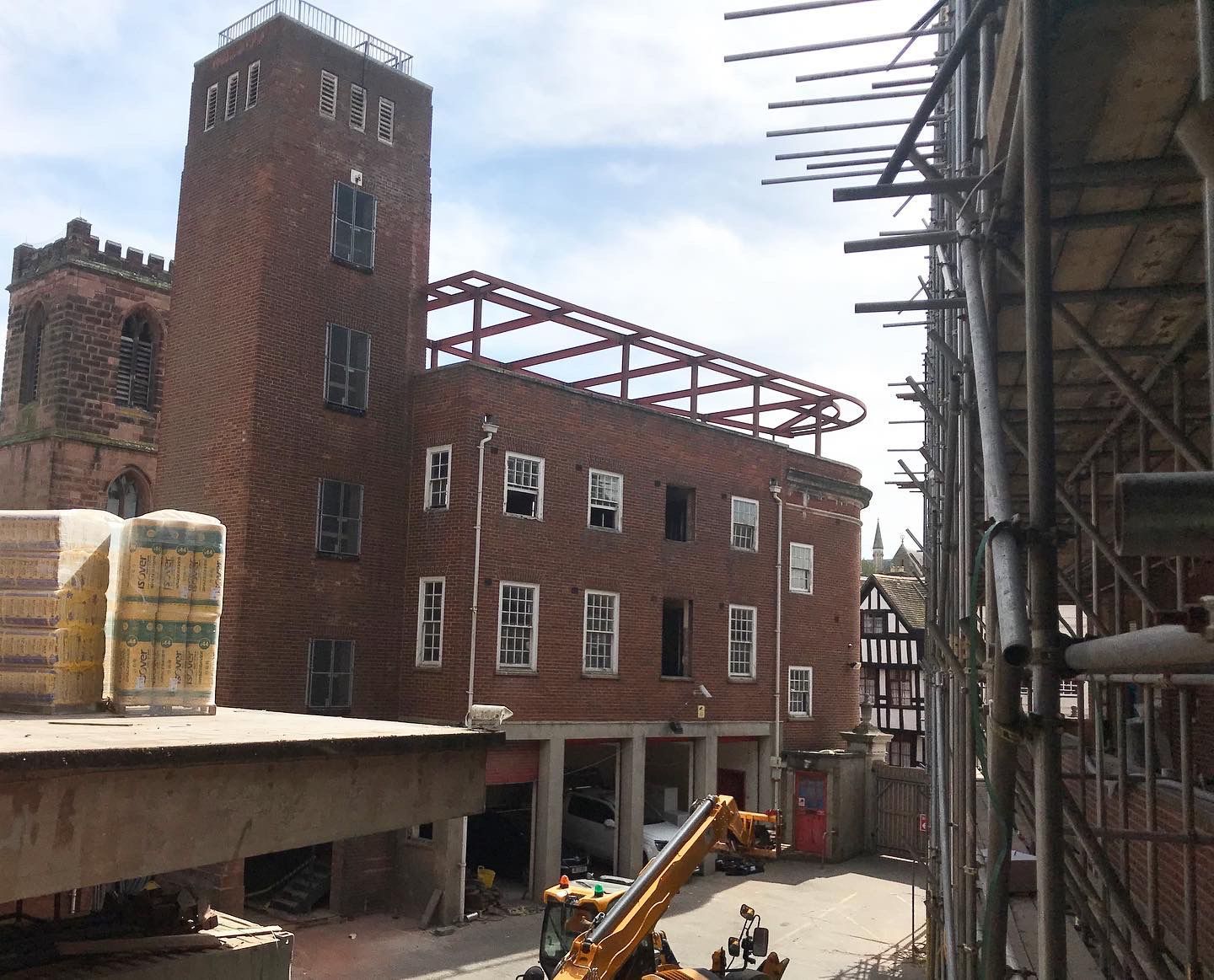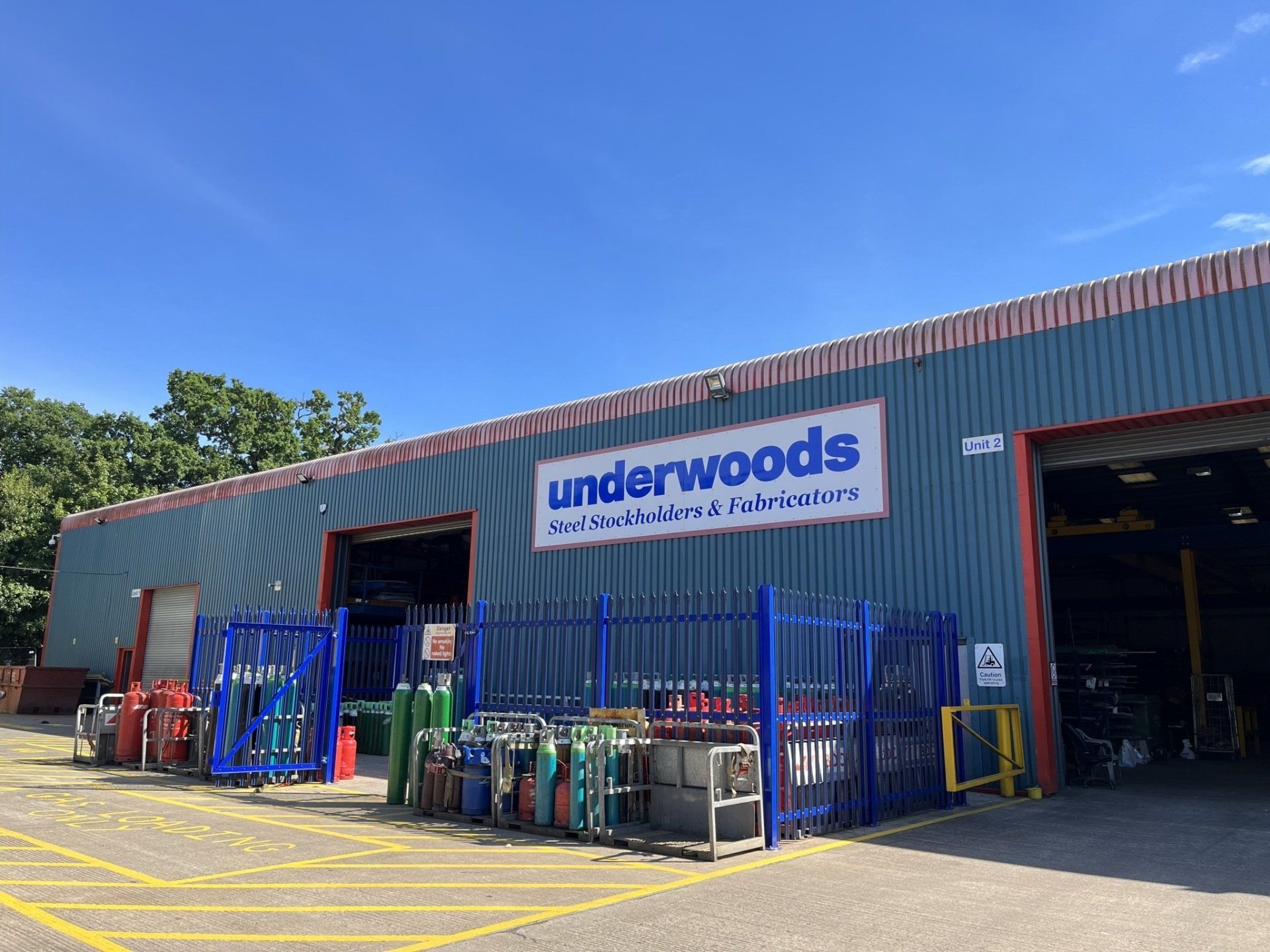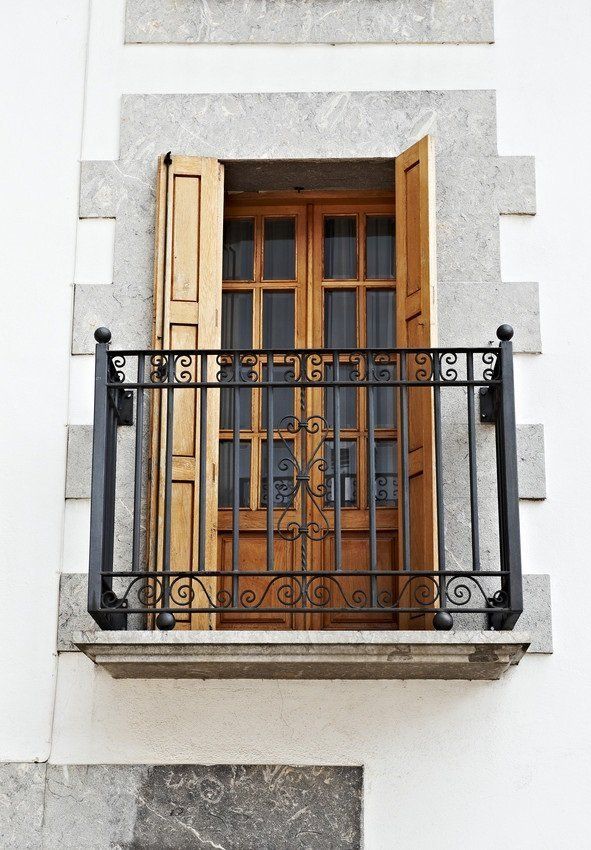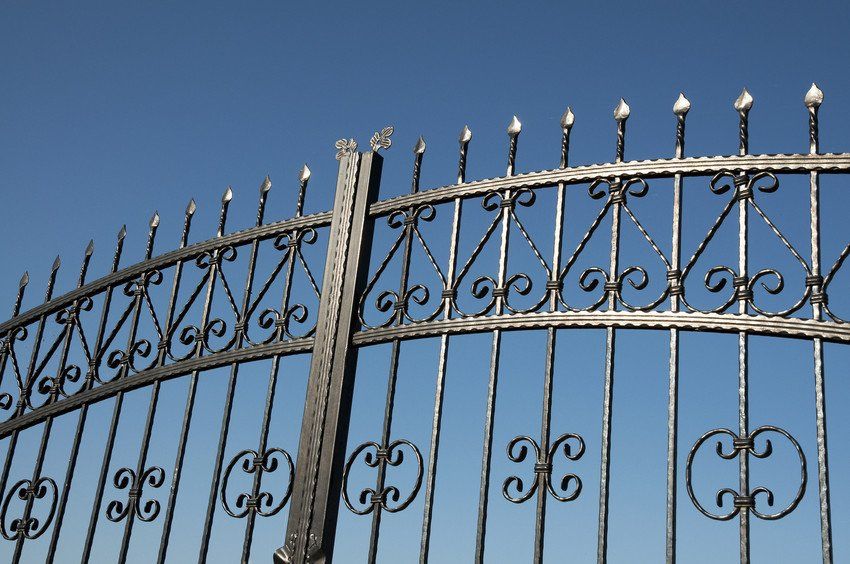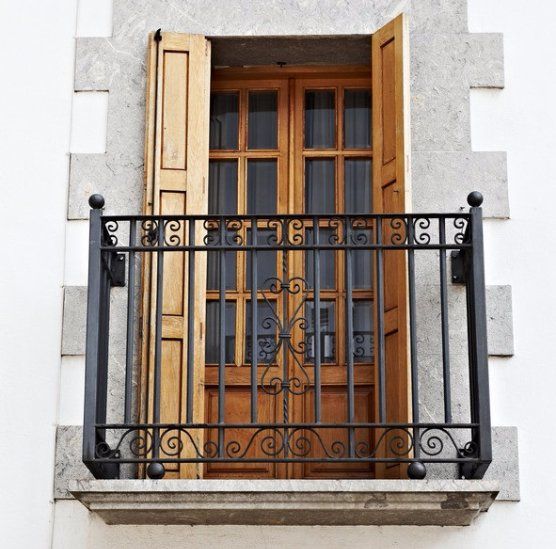Understanding The Steelmaking Process
Underwood Steel • December 19, 2019
From stainless steel cutlery to strengthened steel beams that help to keep our buildings stable, steel is an essential component to a variety of aspects in our modern day lives. Yet, as important as it has been to human development, it is not a naturally occurring material and must undergo various procedures in order to create the finished product.
With this in mind, we at Underwood Steel have decided to take a closer look at how we create this vital material.
The problem with iron
As a naturally occurring material, iron has had its uses for thousands of years; it is also the primary component in making steel. When heated in a blast furnace, the cooled iron becomes extremely hard. However, the main issue with heated iron (pig iron) is that, due to its high level of impurities, it isn’t particularly very malleable - if you strike it with a hammer, it will most likely crack.
With this in mind, the steel making process is designed to remove the various impurities, such as the excess carbon, sulfur and phosphorous, from the iron in order to create a strong, yet malleable material; this is done through a couple of differing methods.
Open-hearth furnaces
Although most open-hearth furnaces were closed during the 1990s, it was the most common way of removing impurities from pig iron since its development by Carl Wilhelm Siemens and implementation for steelmaking by Pierre-Émile Martin in 1865.
The process works by heating pig iron, limestone and iron ore to an average temperature of 870 degrees C. This incredible heat floats the limestone and ore to the surface of the molten mixture forming a slag. At this point, impurities are oxidized and float out of the iron into the slag, leaving you with the finished steel.
The Bessemer process and basic oxygen steelmaking
One of the main issues with the open-hearth technique is that is extremely time-consuming. Because of this, new techniques were utilised in order to cut down production times. The technique known as the Bessemer process works by blowing air through the molten iron, thus removing impurities through oxidisation.
However, it wouldn’t be until the 1940s that a newly refined version of the Bessemer process would become the method to create steel on an industrial scale. Developed by Swiss engineer Robert Durrer, ‘basic oxygen steelmaking’ refines Bessemer’s converter due to the increased abundance of high tonnage pure oxygen. With oxygen now more cheaply available to oxidise the iron, factories were soon able to create the same amount of steel in under 40 minutes that take would an open-hearth furnace 10-12 hours to make.
Casting, forming and finishing
Once the impurities have been removed and steel has been created, it is poured into cooling moulds that help to solidify the molten steel quickly. Once it has sufficiently cooled, the steel is then cut into its desired lengths depending on its application.
The sections are then put through what is known as primary forming, which manipulates the metal into its initial shapes through the process of hot rolling. Finally, the metal goes through secondary forming techniques such as shaping, jointing and coating to leave you with a finished steel product.
Underwood Steel - dependable steel stockholders and fabrication specialists
The process of steelmaking is still as important as ever and sourcing good quality steel can make the difference between a project going well or being fraught with difficulties. With this in mind, make sure you enlist the help of the professionals at Underwoods Steel.
Offering our clients the best steel, aluminium and ironmongery materials, you can be sure you’re working with the best in the West Midlands. Get in touch
for more information or visit our website.

